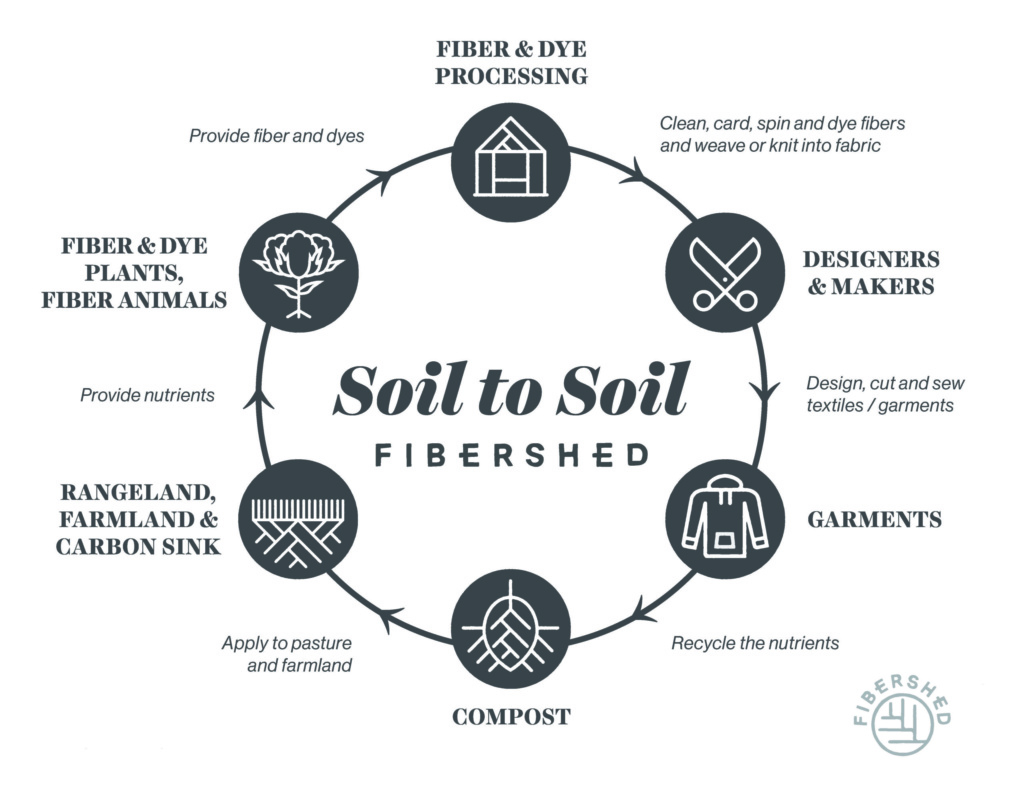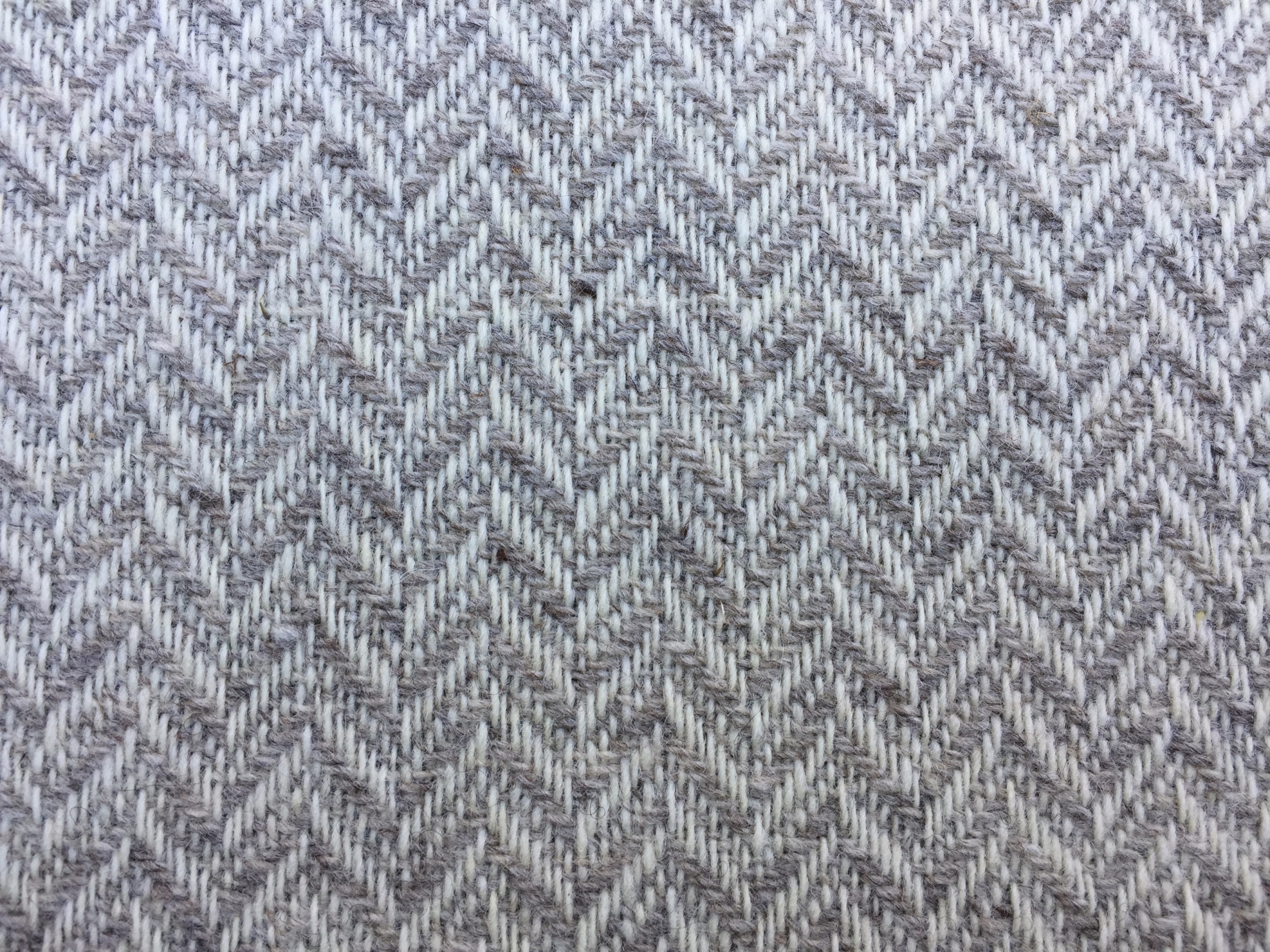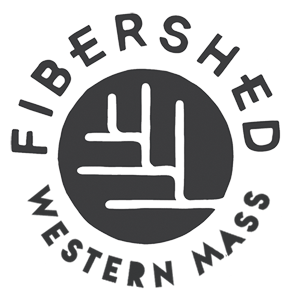
What is a Fibershed?
A fibershed is a geographical region where natural fibers are produced, processed, made into textiles, worn or used, and ultimately composted. Like a watershed, all the elements are interrelated.
A regional fiber system includes everyone involved in producing and using textiles: farmers, fiber processors and spinning mills, weavers and other fiber artists, dyers, clothing and shoe designers, retailers, consumers, and gardeners. The geographic focus of a fibershed enables people to become more aware of and connected to the natural textile resources that can be grown or cultivated within that region.
The original Fibershed began in northern California in 2010. Today, Fibershed is a non-profit organization that works to rebuild regional textile manufacturing, mitigate climate change through climate beneficial farming practices, improve ecological and community health, contribute to racial and economic equity, and transform the economic systems behind textile production. Learn more about Fibershed’s mission, vision, programs, and impact at on their website.

Everything we do has an impact on others. Textiles are a critical part of these economic and natural systems, and our textile choices can benefit or harm others and the whole. There’s tremendous potential for textile systems, rooted in regenerative agriculture and carbon farming practices, to heal some of the harm that’s been done, and we are excited to imagine what that looks like here in Western Massachusetts.
We also envision a stronger, more participatory local economy that offers sustainable livelihoods, good working conditions, and fair wages. Our local cloth project pays farmers for wool, brings income to local mills, and produces wool yardage, yarns, and blankets. It’s just one small example of what’s possible.
We work to create alternatives to the current fashion and textile industry’s practices of labor abuses, waste and pollution, and environmental damage. We are excited about textile production practices that nurture the health of our ecosystems, including plant-based dyes, zero-waste designs, and agricultural practices that build soil health through composting and intentional grazing.

